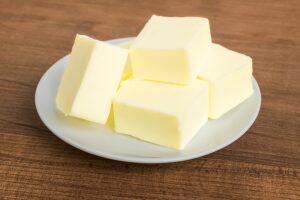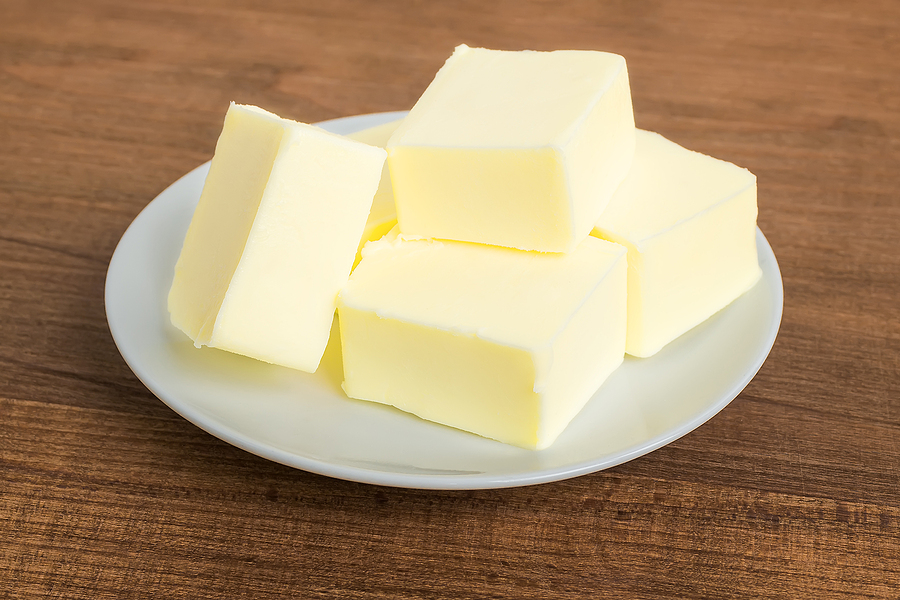
The younger generations are different from their parents in many ways, and one of those ways is their views on fat. Whereas for the previous few decades, fat had been seen as an evil to be avoided at all costs, today’s young consumers have the exact opposite perspective.
New research from New Nutrition Research found that younger consumers are not only embracing healthy fats into their diets, but actively seeking them out. As Baking Business reported, 34% of consumers ages 25-34 want to eat more fat. Only 16% of respondents believe fat is the nutrient most likely to cause weight gain, which is a significant change from just a decade ago.
Julian Mellentin, director of New Nutrition Business, noted that the shift in attitudes toward fat has been driven not necessarily by nutrition experts, but by information found online. “Official dietary guidelines in almost every country still call on consumers to limit their intake of saturated fats,” he said. “But a steadily increasing number of consumers — driven by what they discover during their own online research and the loss of credibility of nutrition experts over the last 15 years — are making their own minds up and embracing the idea that fat can be good, particularly in relation to weight management, one of the biggest consumer motivations.”
So, what information about fats are consumers relying on, and how can bakery manufacturers tap into this trend?
In general, consumers seem to view fats as falling into the “good fats” and “bad fats” categories. Unsaturated fats (including both monounsaturated and polyunsaturated) are considered good, while trans fats and saturated fats are typically considered bad.
However, the “good” and “bad” labels aren’t as cut and dry as they used to be. While Cargill’s 2020 FATitudes study found that 61% of U.S. consumers, and 83% of “clean-label seekers,” avoid trans and saturated fats, some saturated fats are now considered desirable. Specifically, attitudes toward fat from dairy products have changed — butter, cheese, and whole milk products are no longer placed in the “bad” category after research showed that people who ate more high-fat dairy were actually less likely to be obese and less likely to have health problems like diabetes.
Here are some ways bakery manufacturers can give younger consumers what they want:
- Use butter. Butter is seen as a clean ingredient, which makes it preferable to many other fat sources for clean-label consumers.
- Use olive oil when possible. In Cargill’s study, consumers in every country were more likely to purchase products made with olive oil and to consider them healthy. Olive oil isn’t always the right choice for baked goods because of its strong flavor, but if you can use it, it will make a good impression on consumers.
- Use oils that are rich in omega-3 fatty acids. When olive oil won’t work, use oils that are rich in omega-3 fatty acids, such as canola, flaxseed, or walnut oil. In Cargill’s study, 93% of consumers were aware of omega-3s as an important nutrient.
- Add nuts and seeds. Nuts are widely considered sources of good fats, and other nutrients besides. For more on this topic, read our article “Add a Wholesome Crunch to Baked Goods with Nuts and Seeds.”
Overall, the change in attitudes toward fat is a positive development for bakery manufacturers. The key is to use the right fats. As Mellentin said: “When people discover fat, there’s such a taste difference. Fat is the product developers’ friend, improving texture, mouthfeel, structure and moisture content. In all categories, as time passes there will be less reason to produce products that have low levels of fat. The challenge for companies is to ensure they use good quality fats where they can point to a good, natural source.”
Need some advice on a new product application? Contact us.

